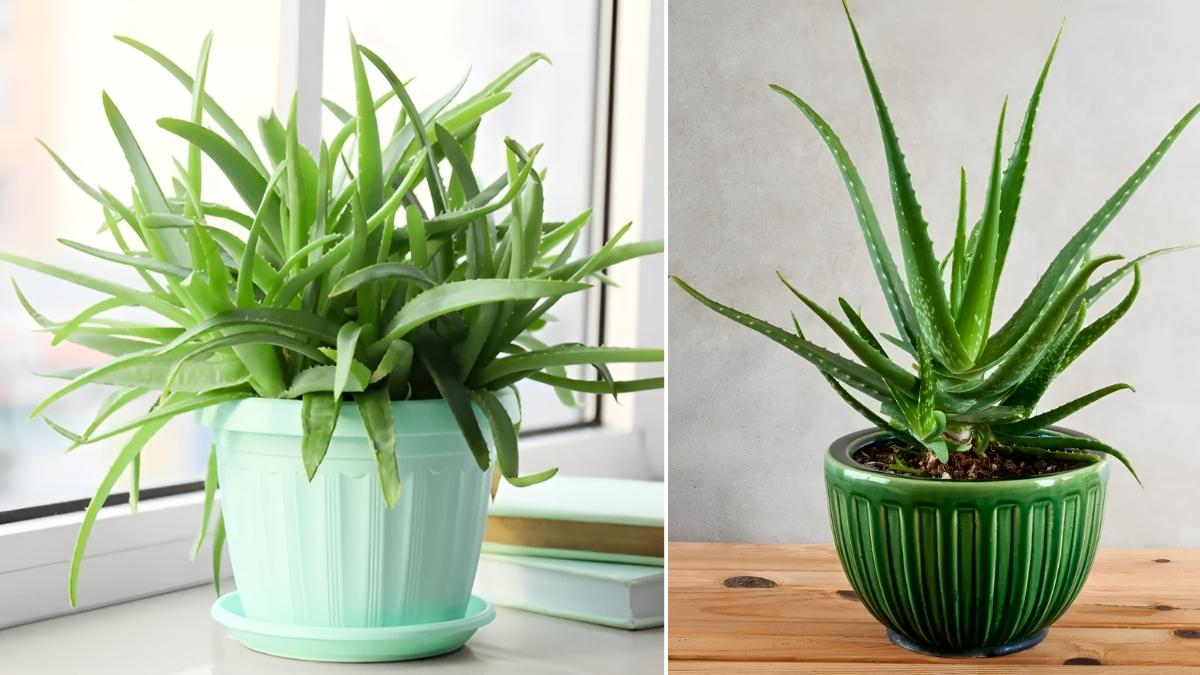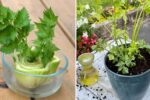Aloe vera is a hardy succulent that thrives both indoors and outdoors. Known for its medicinal gel and minimal care needs, it’s a favorite among gardeners and wellness enthusiasts. Whether you’re placing it on a sunny windowsill or planting it in your garden, aloe vera rewards you with lush green leaves and healing benefits. Let’s explore how to grow and care for this versatile plant.
What Exactly Is the Aloe Vera Plant?
Aloe vera is a succulent species native to arid regions. Its thick, fleshy leaves store water, making it drought-tolerant and ideal for low-maintenance gardening. The gel inside is widely used for skin care, burns, and minor cuts. Aloe vera also purifies the air and adds a touch of greenery to any space.
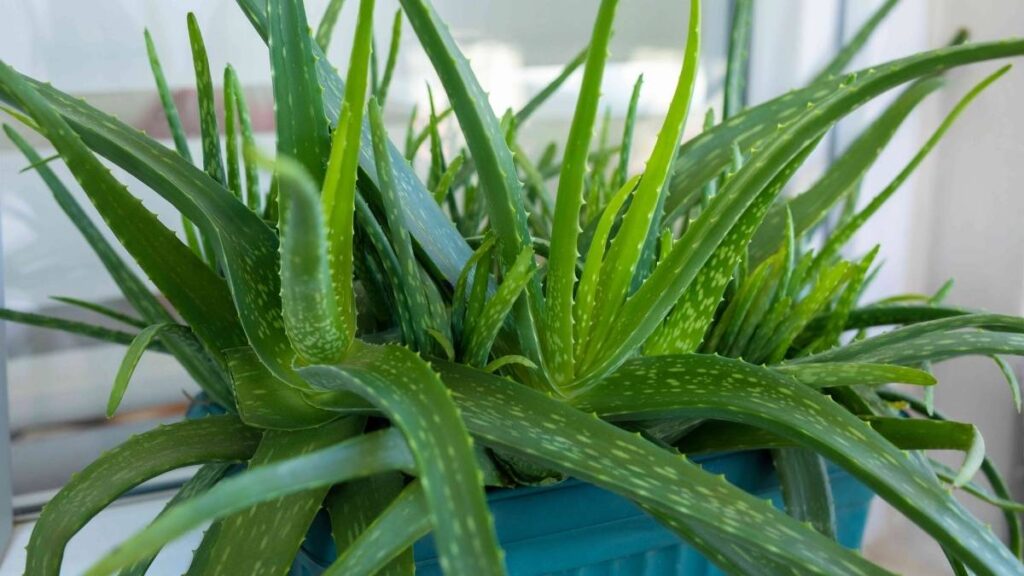
What Is the Best Way to Plant Aloe Vera?
Choose a well-draining pot or garden bed with sandy soil. Aloe vera hates soggy roots, so drainage is key. Place the plant in bright, indirect sunlight. If outdoors, avoid frost-prone areas. Water sparingly only when the soil is completely dry. Overwatering is the most common mistake with aloe vera.
What’s the Ideal Indoor Setup?
Indoors, aloe vera thrives near south- or west-facing windows. Use a terracotta pot with drainage holes. Avoid placing it in humid rooms like bathrooms. Rotate the pot occasionally for even growth. Fertilize once in spring with a diluted succulent fertilizer.
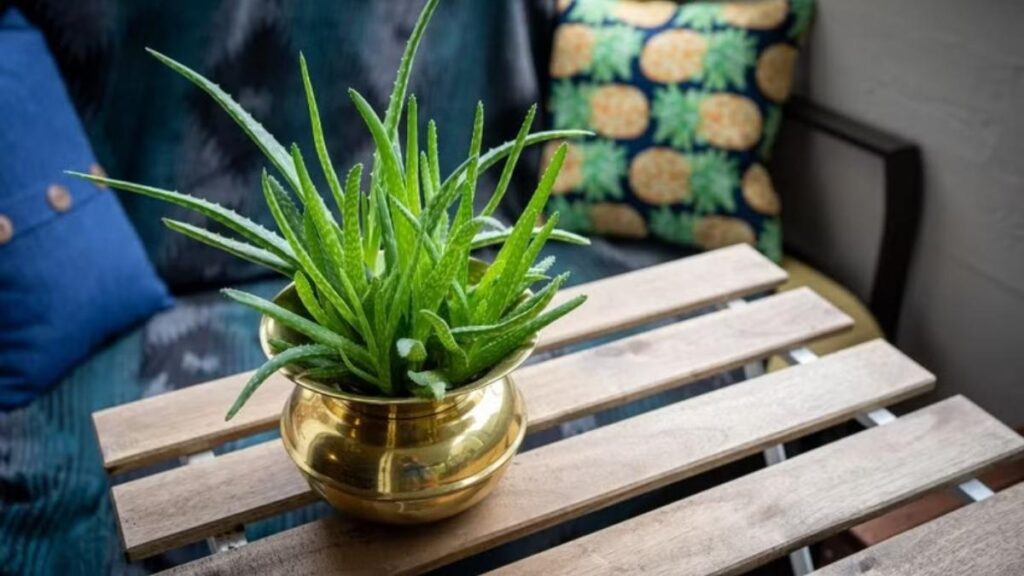
How IBR Aloe Vera Outdoors?
Outdoors, aloe vera prefers full sun and warm temperatures. Plant it in raised beds or containers to prevent root rot. Protect it from heavy rain and frost. In colder climates, bring it indoors during winter. Mulch lightly around the base to retain warmth and moisture.
What They Are: Common Aloe Varieties
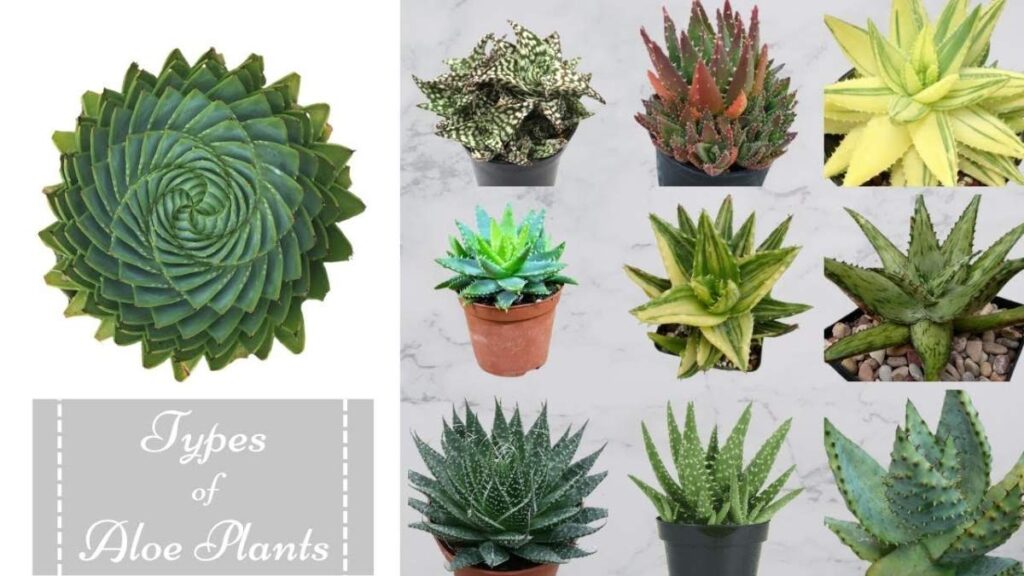
- Aloe barbadensis miller (most common medicinal type)
- Aloe aristata (lace aloe, great for decoration)
- Aloe ferox (used in commercial gel production)
- Aloe brevifolia (short-leaf aloe, compact and ornamental)
- Aloe maculata (soap aloe, with spotted leaves)
What Is the Right Soil Mix?
Use a cactus or succulent mix with added perlite or sand. This ensures fast drainage and prevents root rot. Avoid regular potting soil, which retains too much moisture. You can also mix your own using equal parts sand, perlite, and potting soil.
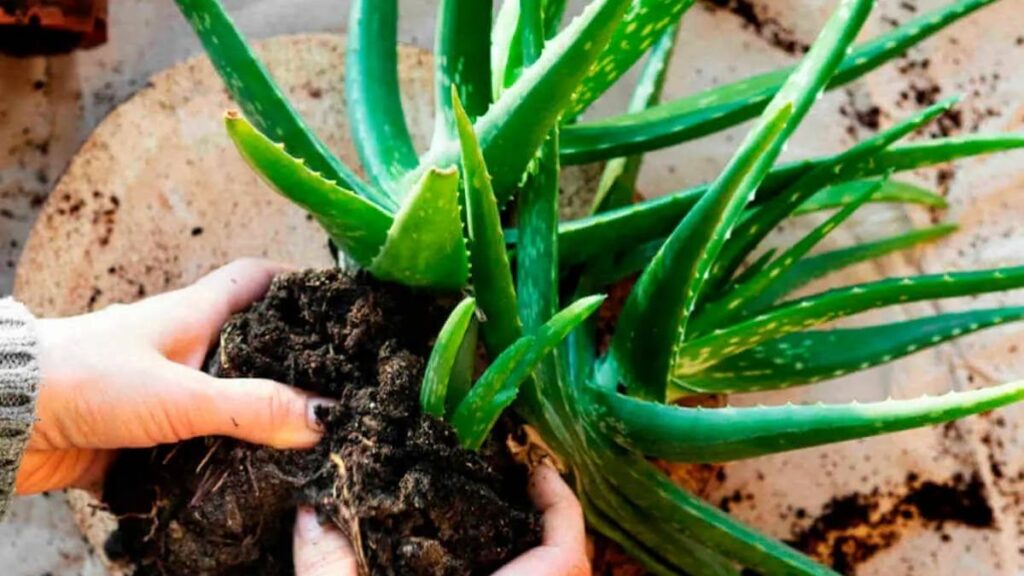
What Is the Watering Schedule?
Water every 2–3 weeks in summer and monthly in winter. Always check the soil first if it’s dry 2 inches deep, it’s time to water. Let excess water drain completely. Never let the pot sit in water. Aloe vera prefers underwatering to overwatering.
What Is the Best Fertilizer?
Use a balanced, water-soluble fertilizer diluted to half strength. Apply once in spring and again in midsummer. Avoid fertilizing in fall and winter. Too much fertilizer can cause leggy growth and reduce gel quality.
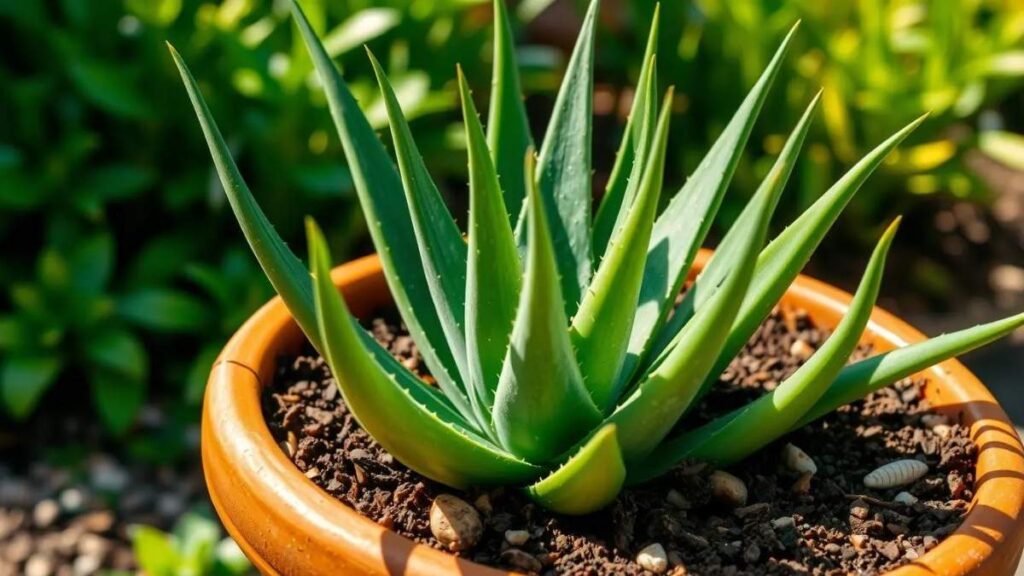
What Exactly Is the Benefit of Aloe Vera?
- Soothes sunburns and skin irritations
- Promotes wound healing
- Moisturizes dry skin
- Improves air quality indoors
- Easy to propagate and share
Aloe Vera Care Summary Table
| Care Aspect | Indoor Setup | Outdoor Setup |
|---|---|---|
| Light | Bright, indirect sunlight | Full sun, partial shade in hot zones |
| Soil | Cactus/succulent mix with sand | Sandy, well-draining garden soil |
| Watering | Every 2–3 weeks (dry soil check) | Monthly or after dry spells |
| Temperature | 18–30°C, avoid frost | 20–35°C, protect from cold |
| Fertilizer | Diluted succulent fertilizer (spring) | Same, avoid over-fertilizing |
Frequently Asked Questions
1. Can aloe vera survive without sunlight?
No, aloe vera needs bright light to thrive. Low light causes weak, leggy growth.
2. How do I propagate aloe vera?
Separate offsets (pups) from the base and replant them in fresh soil.
3. Is aloe vera safe for pets?
No, aloe vera can be toxic if ingested by cats or dogs.
4. Why are my aloe leaves turning brown?
Likely due to overwatering or poor drainage. Check soil and reduce watering.
5. Can I use aloe gel directly from the leaf?
Yes, just cut a leaf, scoop the gel, and apply it to skin. Always patch test first.
